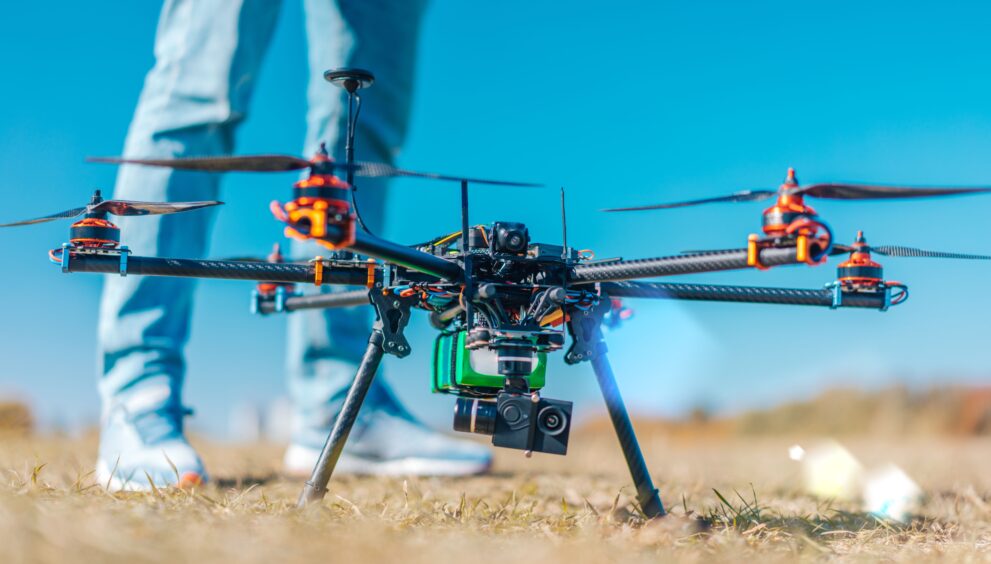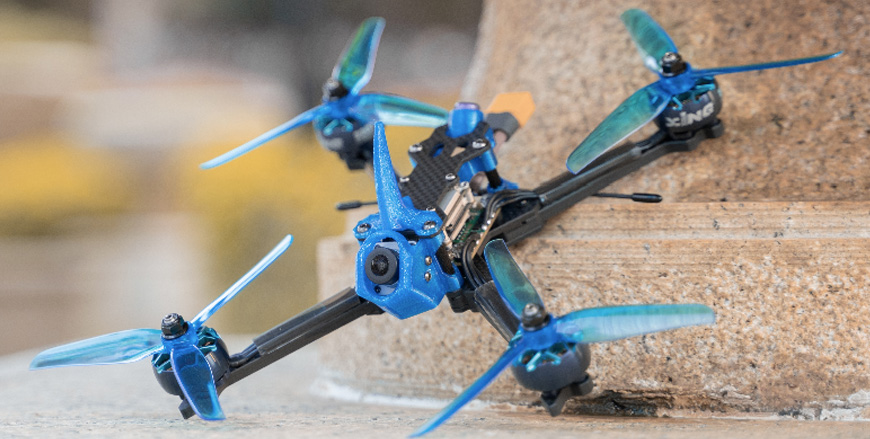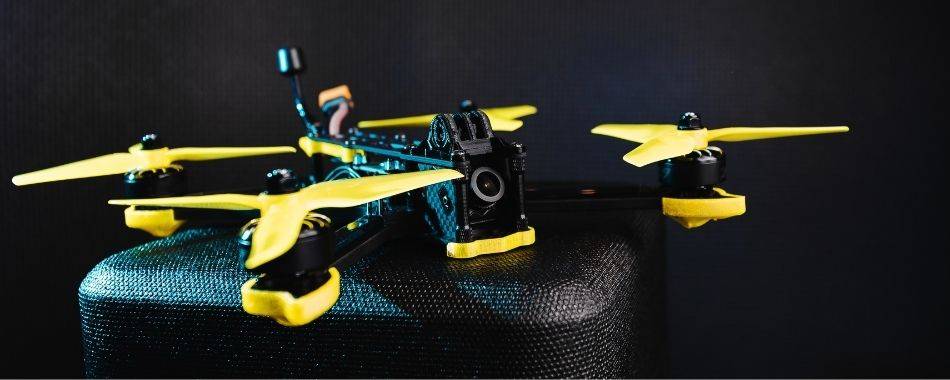The Ultimate Guide to Various Types Of Racing Drones

Drone racing is a thrilling and rapidly growing hobby that combines the thrill of speed with the creativity of building and flying your drone. It requires a special set of skills, knowledge, and components to get started. For those looking to jump into this exciting hobby, this ultimate guide to racing drones helps you cover all the skills you need to learn it. Whether you’re new or experienced in drone racing, this article will give you all the information you need to get started.
ESSENTIAL COMPONENTS OF DRONE RACING
Building a successful racing drone requires more than just putting together the right components. It also involves understanding how each component works concerning one another and selecting the best parts for your specific needs. The frame, electronic speed controller, motors, propellers, and batteries are all essential elements of any racing drone. When combined with research on reliable brands and advice from experienced pilots, these components can help you create an amazing flying machine that will give you hours of thrilling drone racing experiences.
Types of Drone Racing
It comes in all shapes and sizes, with each class and type offering different benefits. To make the most of their experience, drone racers need to understand the different classes and types of racing drones available.

The most popular class of it is the Multi-Rotor (MR) class. This type of drone is typically used in FPV (First Person View) races and includes a variety of models from beginner to expert levels. They are usually composed of four or more propellers which provide more maneuverability than other classes, making them perfect for tight turns, flips, and rolls during races. The motors on these drones are also powerful enough to reach high speeds quickly. The downside to this class is that they require more maintenance than other types since they have so many moving parts.
Another popular class of it is the Fixed Wing (FW). These models use wings instead of rotors to propel themselves forward, allowing them to reach higher speeds than MRs while also being able to stay relatively stable in the air due to their aerodynamic design. FW drones are often used in long-distance races as they can fly for longer periods without having to land for refueling or battery replacement.
In addition to MRs and FWs, there are several other types of racing drones such as Micro Drones (which are smaller versions suitable for indoor use), Quadcopters (which have four rotors), Hexacopters (which have six rotors), Octocopters (eight rotors), Tricopters (three rotors), Airmap UAVs (Unmanned Aerial Vehicles) which allow you to map large areas with high precision control, and Racing Copter Kits which offer users a great way to customize their race drone from scratch using various components such as frames, motors, ESCs, etc.
Additionally, each type has its pros and cons when it comes to cost, speed, maneuverability, and stability, users must consider these factors before investing in a specific model or type. Generally speaking though, the cost will vary depending on whether you’re buying an assembled model or a kit that needs assembly by yourself but regardless both options will require some sort of initial investment to get your hands on a good quality racing drone.

Moreover, there have been significant advancements made within the industry in recent years leading up new technology such as brushless motors which help reduce noise output significantly while providing increased power efficiency compared to older brushed motor designs giving racers an edge over their competitors who may not be using these newer technologies yet
Overall, it’s worth noting that no matter what type or class you choose from beginner multirotor models up through professional hexacopter kits taking part in this exciting hobby requires skill, knowledge, and practice if you want success at it. Whether your aim is just getting some fun out of flying around your local park or competing at professional-level events, always make sure you take safety seriously by following all rules set by governing bodies like the FAA whenever possible.
With this comprehensive guide in hand, anyone can now confidently take their first steps into the exciting world of drone racing whether they’re just starting or looking for more experience. This guide also serves as an invaluable resource for those already familiar with racing drones by providing useful information about different types and classes of drones available on the market as well as tips from experienced racers.


























































































































































































































































































































































































































































































































































































































































![Fixing [pii_email_aa0fea1a78a192ae7d0f] Microsoft Outlook Error](https://www.huffenpost.com/wp-content/uploads/2023/03/What-Causes-the.jpg)
![Fixing [pii_email_aa0fea1a78a192ae7d0f] Microsoft Outlook Error](https://www.huffenpost.com/wp-content/uploads/2023/03/How-to-fix-the-1-1024x1024.webp)
![Quick fixes for the [pii_email_dbd9dd084703ead3b9cf] Mail Error](https://www.huffenpost.com/wp-content/uploads/2023/03/How-to-Avoid-pii_email_b6b14f95f44a83737071-Outlook-Error-1024x576.jpg)
![How to fix the [pii_email_bbf95bff57a974a71da8] in Microsoft Outlook?](https://www.huffenpost.com/wp-content/uploads/2023/03/How-To-Solve-The-pii_email_9e750e335dfd9d75badb-Outlook-Error.webp)
![How to solve the [pii_email_b6b14f95f44a83737071] Outlook Error](https://www.huffenpost.com/wp-content/uploads/2023/03/How-to-Avoid-pii_email_b6b14f95f44a83737071-Outlook-Error.png)
![Ways to fix the "[pii_email_1fb861393abed78ab415] Error](https://www.huffenpost.com/wp-content/uploads/2023/03/pii_pn_56e685559f213991c933-Error-Causes-and-Solutions2.jpg)
![How to Fix the [pii_email_e2f55b4aa7bb667da6d9] Error](https://www.huffenpost.com/wp-content/uploads/2023/03/How-to-fix-the.webp)
![What Everyone Should Know About [pii_email_59ea919492dfc2762030]](https://www.huffenpost.com/wp-content/uploads/2023/03/pii_email_aa0fea1a78a192ae7d0f-Email-Error-and-Its-Solutions-1024x683.jpg)
![How to Fix the [pii_pn_5359771d15a46e7b88bf] Outlook Email Error](https://www.huffenpost.com/wp-content/uploads/2023/03/pii_email_57a4a2f20ec6813a8481-SMTP-Error-Solution-2.jpg)


























































































